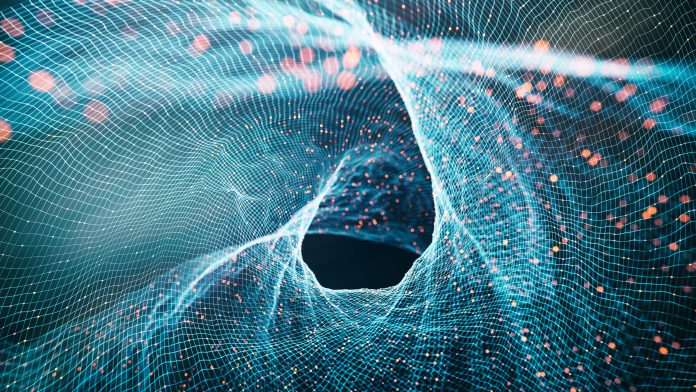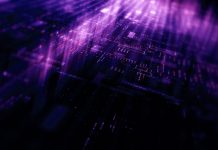Scientists are trying to redefine the capabilities of quantum computers
Leading the breakthrough are Benedikt Tissot and Guido Burkard, who are using an advanced method to enable the smooth exchange of information between quantum bits (qubits) using photons as messengers.
A future where computers can solve problems beyond expectations
That’s the promise of quantum computers. But qubits are the building blocks of quantum computers and are very delicate. They’re like tiny atomic-scale systems that can easily lose their information.
They’re turning to photons, which make up light, to ferry quantum information between qubits. This can be described as making qubits “fly” – hence the term “flying qubits.”
“We are proposing a paradigm shift from optimising the control during the generation of the photon to directly optimising the temporal shape of the light pulse in the flying qubit,” explains Guido Burkard.
Flying qubits
Their method revolves around stimulated Raman emissions, a technique that transforms qubits into photons in a highly controlled way.
What sets their approach apart is fine-tuning the light pulse’s shape rather than just focusing on creating photons.
It’s like sending messages over long distances using light instead of wires. In regular computers, we use electrons to carry information. In quantum computers, it’s about converting qubits into a form that photons can easily carry.
A three-level system
Tissot and Burkard have developed a system with multiple levels of control over the photons. To adjust exactly how, when, and where the information flows.
While using stimulated Raman emissions isn’t new, using them to send qubit states directly is groundbreaking. And it’s not just about sending information – it’s about doing it with precision and accuracy.
“We need to consider several aspects,” says Tissot: “We want to control the direction in which the information flows — as well as when, how quickly and where it flows to. That’s why we need a system that allows for a high level of control.”
Their work, published in Physical Review Research in February 2024, dives deep into the intricate workings of this method.
Tissot and Burkard are paving the way for a new era in computers, one where the exchange of information between qubits is not just possible but efficient and reliable.











